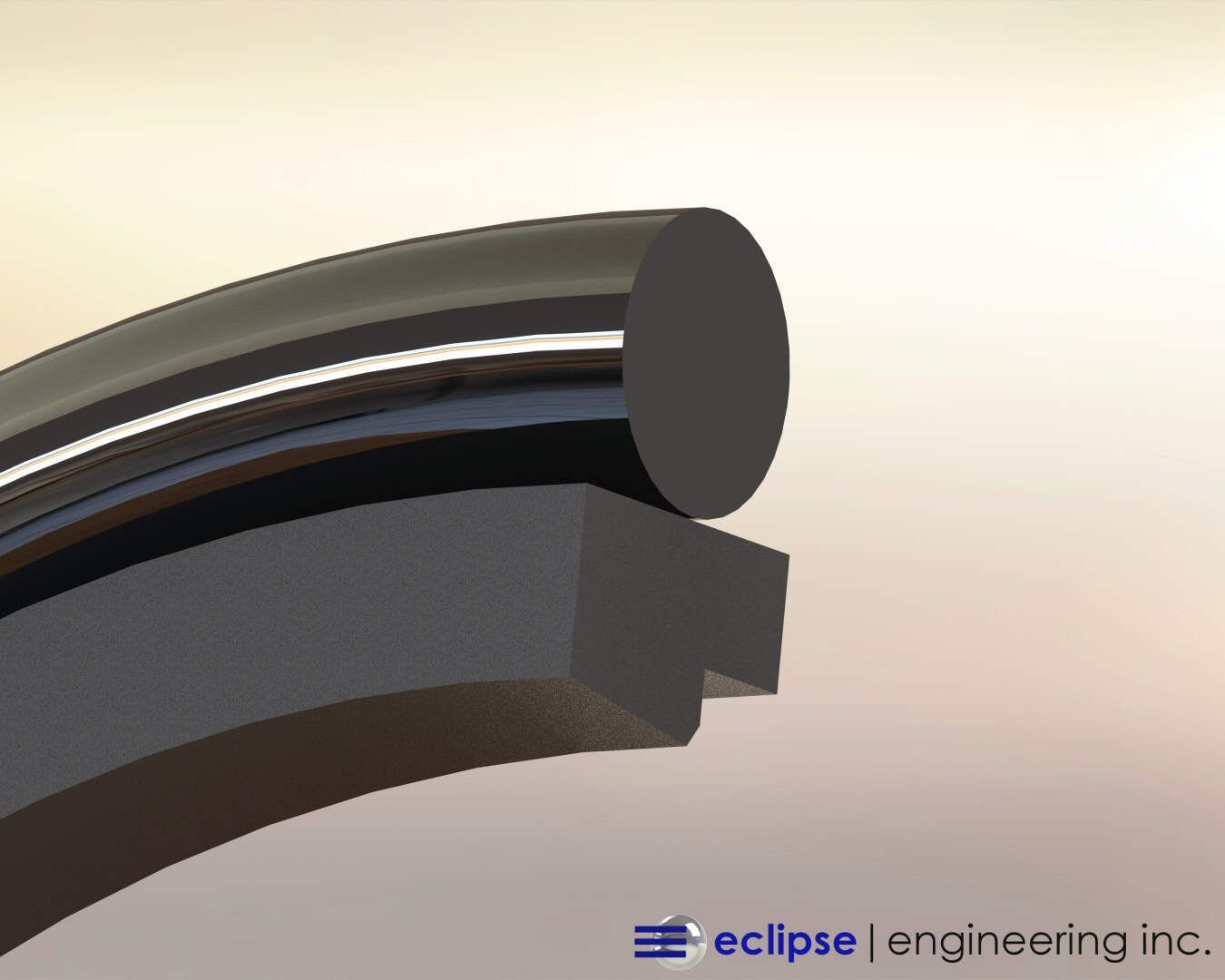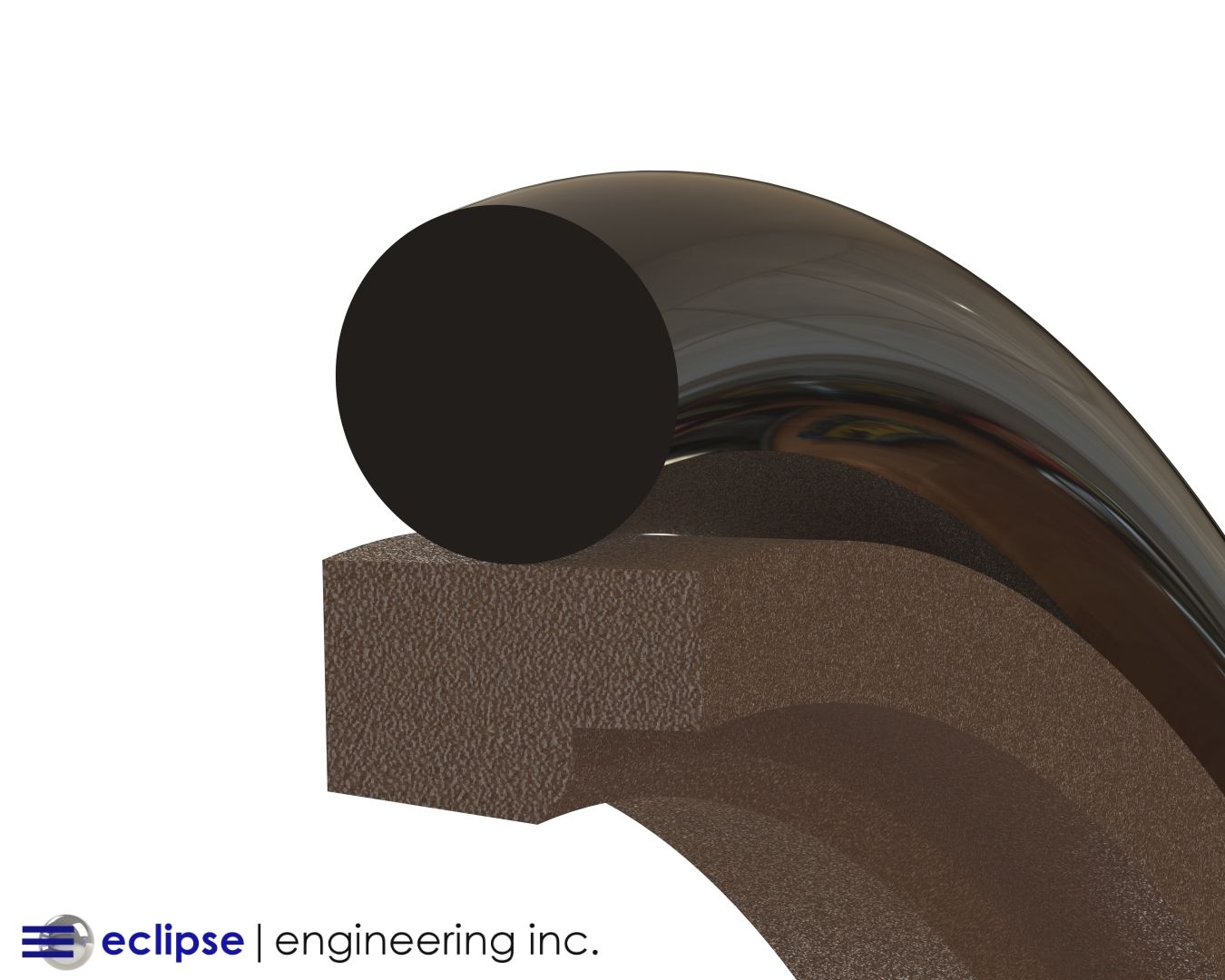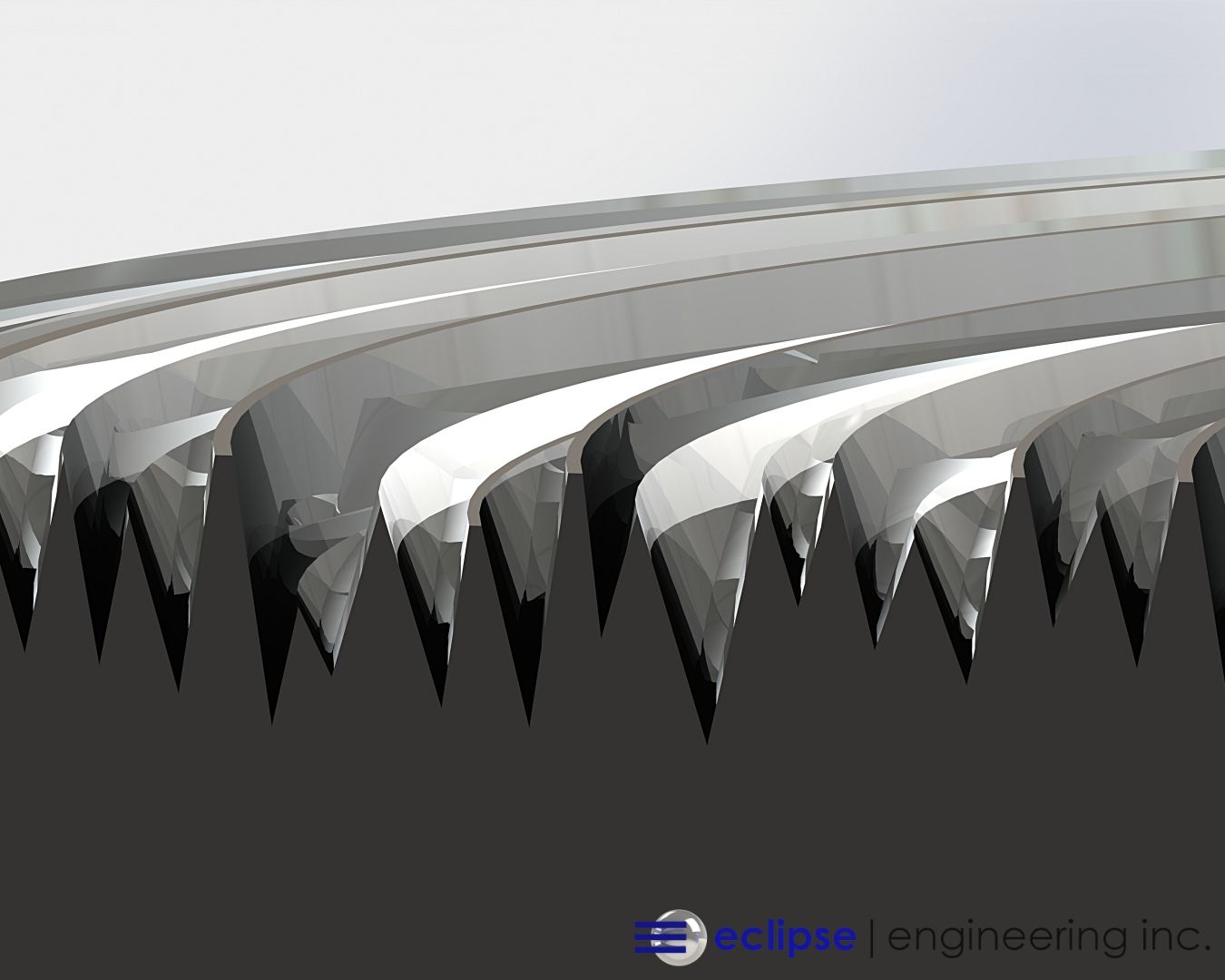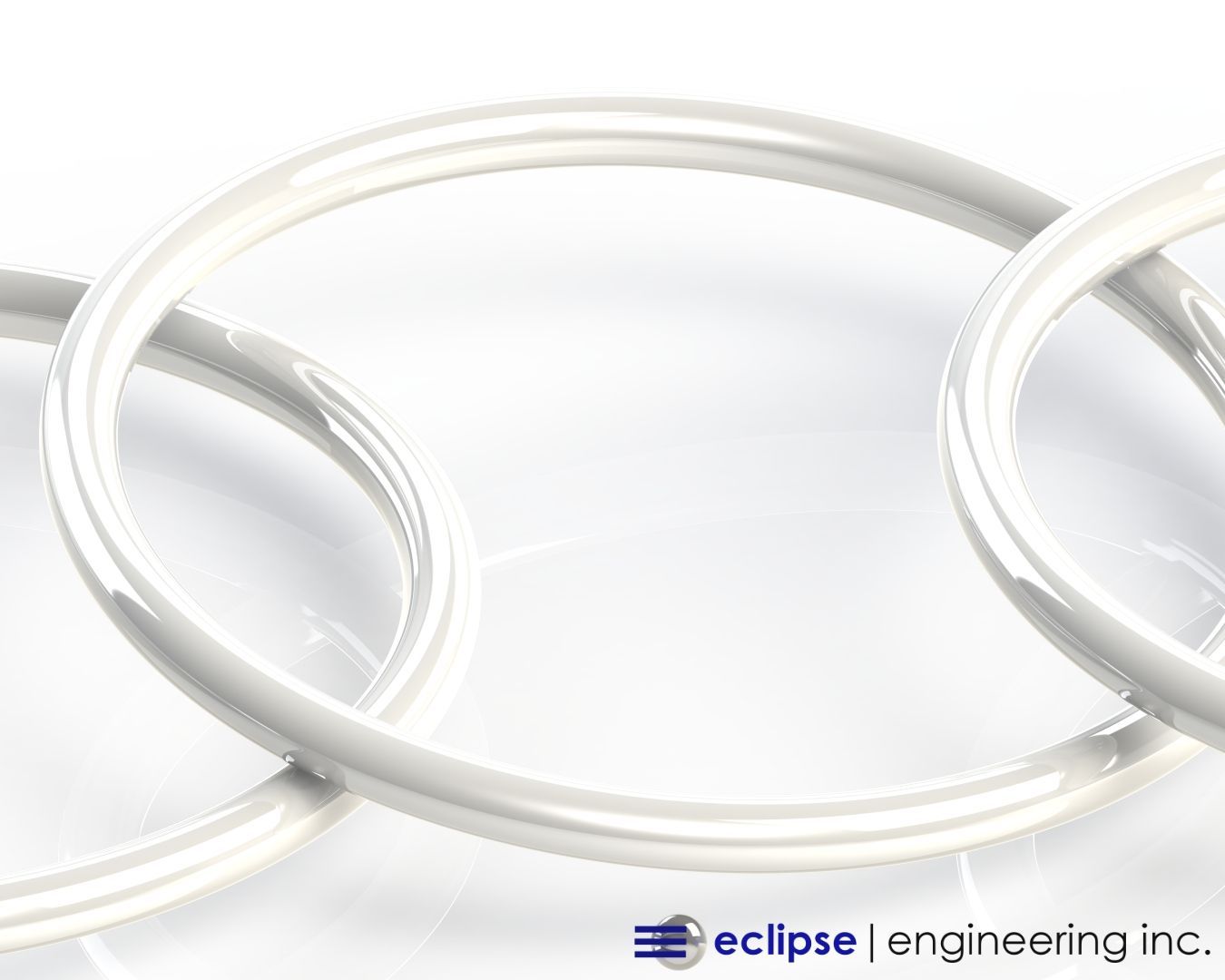Eclipse Engineering Transitions to an ESOP
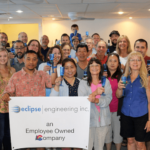
Erie, CO — Eclipse Engineering announced today that it will be joining an elite group of companies that qualify to run as an ESOP, or Employee Stock Ownership Plan. An ESOP is an employee benefit plan that allows Eclipse’s employees to have ownership interest in the company.
Transitioning to an ESOP
The plan to transition Eclipse Engineering to an ESOP began 7 years ago, when Cliff Goldstein started looking to the company’s future and his succession plan. It was at this time that Cliff started passing the torch to key employees within the organization.
Cliff: “A big part of the decision to transition to an ESOP was ensuring that nothing changed in the way Eclipse does business, from internal processes to client relationships. In many cases, when a CEO retires, the business gets sold or undergoes a massive management shift that likely changes the way the company does business.”
Cliff was adamant in maintaining the current company culture so the transition continues to be seamless for customers.
Cliff: “I wanted to ensure that regardless of my future involvement, our customers will continue to have the exact same quality products, service level, and contacts.”
Empowering Employees and Keeping the Customer First
Eclipse Engineering will continue to blaze its own trail by utilizing a management style where employees are involved in major decisions and operations of the company. Cliff founded Eclipse with the philosophy that the customer should always come first. This mission has guided all of Eclipse’s major decisions, including this most recent transition.
Cliff: “This decision makes sense, because it fits in with the mission and values of our company. An ESOP continues to keep the customer at the heart of Eclipse Engineering.”
Cliff will continue as CEO of the corporation and will also serve as Chairman of the Board. The ESOP company structure ensures that Eclipse’s employees and customers will benefit from the foundation that Cliff has built over the past 20 years.
Eclipse Engineering is a full-service seal and bearing engineering, manufacturing, and distribution company. Eclipse brings together custom engineering support coupled with manufacturing and prototyping services to offer the market unparalleled service in custom engineered solutions for demanding applications.
For more information, contact:
303-647-9750
sales@eclipseseal.com

